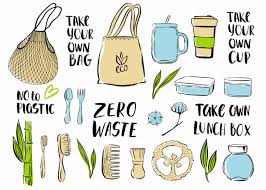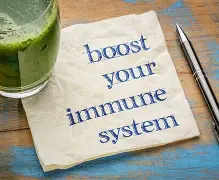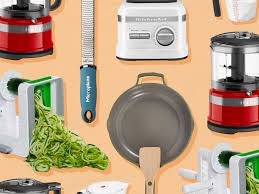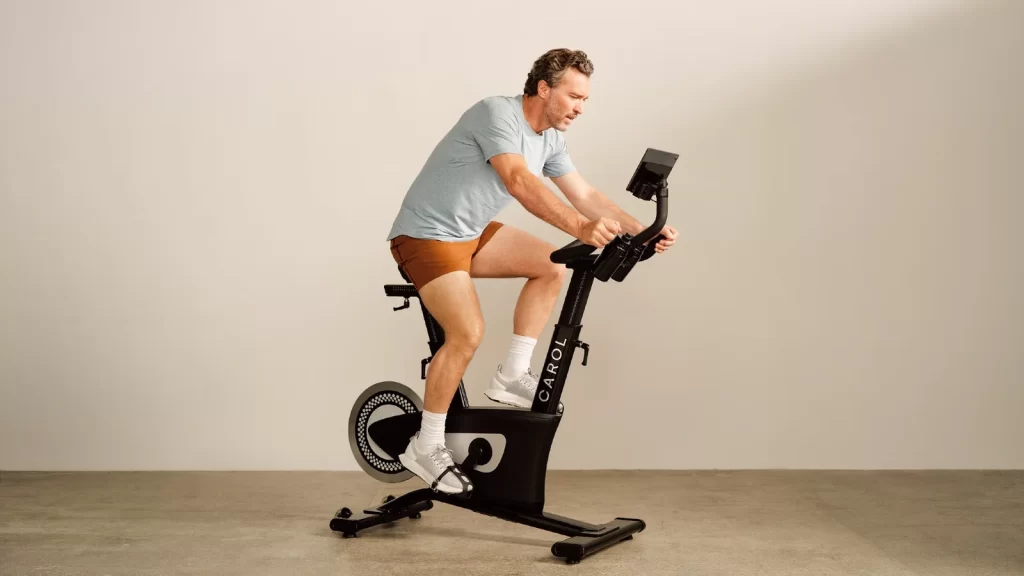Introduction: Why Going Green Starts at Home
I remember the first time I came across a picture of a sea turtle entangled in plastic. That photograph impacted me greatly, as I started to rethink how I went about my grocery shopping. A mundane task such as grocery shopping, made me realize how meticulous I had to become towards the plastic bags I used, the food containers I purchased, and the water bottles I inevitably had to throw out. That moment wasn’t just about feeling sad; it propelled me towards change in my life. That is the truth – as much as I would love to change the world, it isn’t something that can be done in a day. What can be done, however, is changing the environment that surrounds me.
Each and every one of us has the possibility to make an impact. This is especially true when said choices are made consistently over a period of time. If you have ever felt this pressure like I have, know that you do not stand alone. As such, I have compiled ten simple and practical changes that will allow you to modify your Sustainable living ideas conditions even if you don’t plan on changing your day to day lifestyle.
Now, let’s get started.
Replace Paper Towels with Reusable Cloths
Grabbing a paper towel is one of those things we do out of habit, but consider this – the US uses over 13 billion pounds of paper towels annually. That’s a staggering amount of waste! Changing to cloths that can be reused, such as old T-shirts or microfiber towels, can help alleviate this problem easily.
Why it works: Reduces waste, saves money, and is just as effective.
Hint: Designate a bin for used cloths in the kitchen. Wash once a week, and you’re done!
Switch to Reusable Cleaning Products
The cleaning section of a store is a plastic wonderland and is filled with single-use plastic containers. Companies such as Blue land and Grove Collaborative sell concentrated cleaning chemicals that can be mixed at Eco-friendly home tips and kept in refillable containers.
Why it works: To save money and drastically reduce plastic waste.
Hint: Try to find a zero-waste store nearby, or consider signing up for a refillable subscription service.
Upgrade Your Incandescent Bulb to LED Bulbs
It may sound basic, but changing incandescent bulbs for LED ones greatly reduces energy consumption. LED bulbs last 15 to 25 times longer than incandescent bulbs and use 80% less energy.
Why it works: Reduces electricity, replacements, and expenses.
Hint: If this is your first time switching to LED, start with high-traffic places such as the kitchen and living room.
Select Secondhand Furniture to Reduce Carbon Footprint
New furniture comes wrapped in plastic or treated with harmful chemicals. Unlike thrift shops, which sell furniture online via Facebook Marketplace, and estate sales sell unique, quality items that do not have a carbon footprint.
Why it serves: Helps curb the production of new materials and reduces the disposal of goods into landfills.
Tip: Seek out items made of solid wood or metal as they last longer and can be refinished.
Switch from dryer sheets to wool dryer balls.
Dryer sheets are single-use items addicting wastes and commonly filled with harmful materials. On the other hand, wool dryer balls, cut down on drying time and softens clothes naturally.
Why it serves: Decreases the generation of waste and the energy expenses.
Tip: They can be added onto wool dryer balls for scent.
Buy a water filter instead of buying water in bulk.
The bottled water’s plastic usage makes it one of the largest contributors to pollution. Single-use plastics can be avoided with an under-sink filter or a filtered pitcher.
Why it serves: Protects a person’s health, finances, and the globe.
Tip: To ease access, store a few in the fridge.
Select Bar Soap Rather Than Body Wash Found in Plastic Bottles
Body wash typically comes packaged in a bulky plastic tub whereas bar soap comes encased in cardboard which is recyclable and lasts longer.
Why it works: Every body wants less packaging and chemicals.
Tip: Shop for brands that do not use palm oil and those made with natural ingredients.
Replace Plastic Wrap With Bees Wax Wraps
Unlike cling film, chronicles bee wax wraps which are used to wrap food.
Why it works: Wax wraps help with covering sandwiches and are good at reducing daily kitchen waste.
Tip: Wax wraps are designed to fit over bowls, sandwiches and cut fruits, so you might want to start simple with a 3-pack.
Start Sowing Your Herb Garden (Yes You Can Even Indoors)
Store bought herbs come hollow and with weak plastic packaging, unlike the sunflower herb garden which offers yearly fresh flavor without the waste, making it the smarter choice.
Why it works: Makes more sense to eat and with less plastic food containers.
Tip: Start with easy ones like mint, basil or even chives.
Invest In Reusable Grocery Sanitary Bags
Reusable bags are proven to be more durable, better looking and longer-lasting than plastic bags. But, more importantly, they help keep the earth clean.
Why it works: Helps remove obstructions clogging the whales and keeps waste out of landfills and oceans.
Set a tip reminder to yourself in your car or by the door so you do not forget.
Key Takeaways
- It is more important to be consistent rather than perfect.
- Concentrate on only 2 to 3 swaps then gradually build from there.
- Sacrifices or compromises are never the premise of Sustainable living ideas; it is about making lasting better choices.
- Within every item that can be found inside one’s house, there lies an opportunity to improve the lifestyle one leads while still being considerate to the planet.
FAQs
Q: Do sustainable products come with a higher price tag?
A: Yes, some do have a higher upfront cost. However, reusable products have a more economical edge in the long run when compared to disposables which have recurring costs.
Q: How do I know which swaps to start with?
A: The best starting point is selecting the simplest changes, perhaps switching from cloth bags to reusable ones or changing light bulbs to LED. A critical element is maintaining momentum.
Q: What if I don’t have access to eco-friendly brands?
A: Start by checking out local stores. Many of the swaps do not need specific brands like materials for reusing cloths or herb growing do not require certain brands.
Q: Can I still make a difference if I live in a small apartment?
A: Definitely. Many of the swaps like applying water filters or using beeswax wraps can be used in any area or space.
Q: Is it really worth the effort?
A: Absolutely, without question. Your choices shape your community, your children, your routines; and every tiny act makes a significant impact.
Your home doesn’t need to be zero waste overnight. However, imagine the impact if every household made even a handful of these changes. These little actions collectively create something influential.
So next time you’re about to use a paper towel or plastic wrap, stop. Think of the sea turtle. Think of yourself.
And begin from your current situation.











